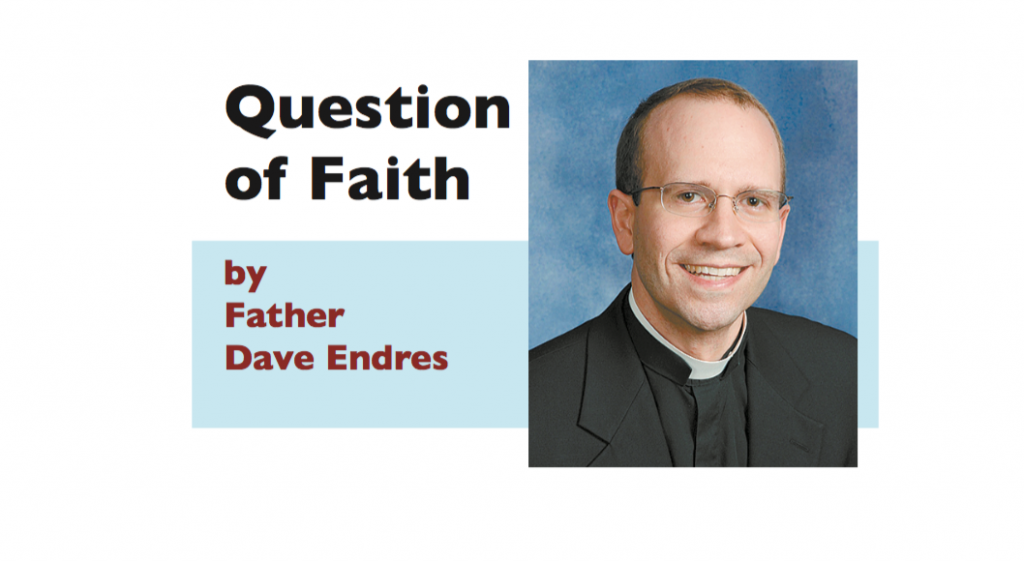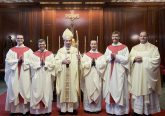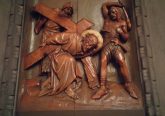Question of Faith: Why Holy Days of Obligation?
Q: Due to work or other commitments, many people find attending Mass on holy days difficult. Why does the Church ask its members to attend Mass on holy days of obligation? What makes those days different?
A: Although all Sundays are the “Day of the Lord” and the faithful should observe them through attendance at Mass, certain other days are significant enough to ask the entire Church to gather together for worship. These days are called “days of obligation” or “days of precept” because of their particular importance, a focus on an aspect of the lives of Jesus, Mary or the saints. When these special solemnities fall outside of Sunday, the obligation to attend Mass usually remains.
The number of holy days of obligation has varied over time and place. Before the 17th century, bishops frequently selected special feast days for obligatory observance in their dioceses. These holy days were numerous and quite popular since all work ceased on these days. Because of the proliferation of holy days, Pope Urban VIII limited their number to 36. These were further restricted in 1917 when 10 holy days were selected for universal observance (though bishops could waive the requirement for attending Mass on certain days). The current practice of the Church recognizes these same 10 days (canon 1246, §1-2) while also retaining the role of bishops in determining which days should be celebrated as obligatory.
The days on which Mass attendance is necessary are those key celebrations of the Church year. These are days on which the entire Church as the Body of Christ should gather for prayer, not as individuals, but together to hear the Word of God and celebrate the Eucharist. On these days the Scripture readings are proper (meaning that the readings assigned for the solemnity take precedence over the regular cycle of readings) to help underscore the meaning of the holy day.
Today, in the U.S., most dioceses have five holy days of obligation. In addition to Sundays and Christmas, these celebrations include Mary, Mother of God (January 1), the Assumption (August 15), All Saints (November 1) and the Immaculate Conception (December 8).
In a few cases, the bishops of a particular region have decided a day of obligation can be celebrated on the closest Sunday. For instance, Epiphany and Corpus Christi are always celebrated on Sundays. In recent memory, Ascension Thursday became Ascension Sunday when the holy day of obligation was transferred (in most U.S. dioceses, including the Archdiocese of Cincinnati). Additionally, the requirement is sometimes waived if the feast falls on a Saturday or Monday (though, in the U.S., not in the cases of Christmas or the nation’s patronal feast, the Immaculate Conception).
While the obligation to attend Mass on certain days may be seen as inconvenient, it is not intended to be burdensome. In a year, the days of obligation are few. On days of obligation, most parishes celebrate at least one Mass outside of the morning, sometimes at lunchtime or in the evening (to allow for attendance by those who work).
Holy days are not an imposition, but an opportunity for the Christian believer. They can be an occasion to reset our priorities and witness to the importance of Christ in our daily lives. In highlighting certain days for observance, the Church reminds the faithful of the importance of the liturgical year. Holy days of obligation highlight the sacredness of time and the essential mysteries of the Christian faith.














